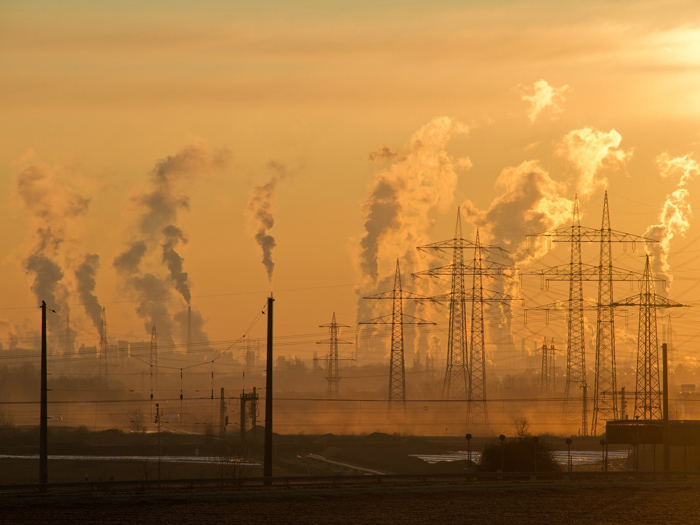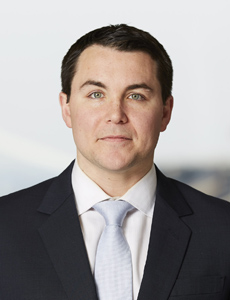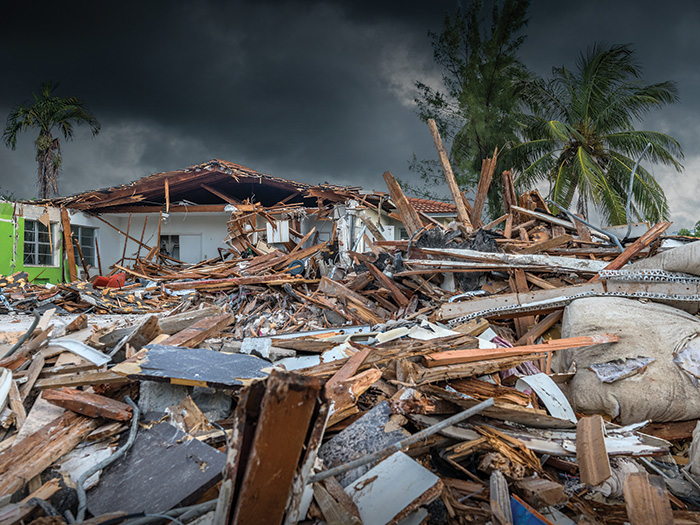Bridging the Gap: How the Combined Form Market Can Bring Pollution Coverage to Almost Every Industry

Every year, pollution exclusions in general liability policies are expanding, making it harder and harder for insureds to remain protected.
According to the courts the following can be considered pollutants and be excluded under a CGL policy: odor, carbon monoxide, dust, foundry sand, cooking grease in sewer drain, ammonia, manure, salt water, skunk spray, welding fumes…
The list goes on.
“When a pollution incident occurs or there is an allegation by a third-party, most companies are not prepared with defense counsel or disaster response contractors that understand how to mitigate the event or allegations,” said Alexander Beganie, vice president of the environmental division at Allied World.
Luckily, “this is what environmental insurance carriers do every day,” he said.
One such product that has emerged over the years is environmental impairment liability insurance, which is designed to cover liability and cleanup costs associated with pollution. It arose out of the necessity to fill in the gaps left by the standard CGL form.
“While these EIL policies are highly functional, they are often not purchased,” Beganie said. “The coverage is often viewed as necessary only to cover obvious pollution/toxic tort type exposures.”
For insureds looking to fill their pollution gaps, then, Beganie said there was another way: combining general liability with EIL.
What Is the Combined Form Market?
Established in the 1990s, the combined form market aimed to eliminate confusion and help businesses respond to a growing environmental protection legal landscape. It combines the environmental impairment liability policy with general liability and gives insureds a leg-up on environmental risk.

Alexander Beganie, vice president of the environmental division, Allied World
Beganie explained, “The introduction of the combined form gave businesses the opportunity to simply purchase one policy to cover their general liabilities and pollution related liabilities, filling many of the pollution gaps left in the standard CGL form.”
It is designed to provide policyholders an option to cover general liability and pollution liability, including product pollution, waste disposal site, transportation and site pollution.
“Pollution events are typically infrequent but high profile, expensive and complex to manage,” Beganie said.
“The benefits of the combined form product include limiting potential coverage gaps that may result from having multiple policies and/or multiple insurers and the convenience of a single policy form.”
Common Misconceptions Surrounding the Combined Form
Yet, with the simplicity and convenience of having one form to address pollution coverage gaps, insureds may be a little hazy on the details. As with all newer products, certain misconceptions have formed over time regarding the combined form market.
Beganie has relayed four to help bring clarity.
Misconception #1: The combined form product is only for small/middle market risks.
In fact, the combined form can be for all business sizes, according to Beganie.
Misconception #2: The combined form product is limited to “traditional” pollution-generating industries, such as chemical manufacturers, companies with hazardous waste exposures or other risks with obvious ‘toxic tort’ exposures.
In actuality, Beganie said, the combined form product is for any company that has some type of environmental exposure and is looking to protect itself.
Misconception #3: It can be difficult to build large towers of coverage.
“The combined form market has sufficient capital to structure programs in excess of $300M,” Beganie said.
Misconception #4: The combined form is limited pollution.
The combined form can be structured to provide pollution coverage for owned and leased locations, contractor pollution for offsite services, transportation pollution and non-owned waste disposal liability.
Filling the Gap
So, what exactly is the combined form looking to cover?
“Subject to underwriting and the exact terms and conditions of the policy, there could be several pollution extensions offered by combined form products,” Beganie said.
The pollution exclusion in the standard CGL policy is broad and has few narrowly defined givebacks. These pollution exclusions may exclude odors, sewage, hydraulic oils, fumes, fuels and other common materials used to maintain buildings.
But the combined form policy can involve a wide range of potential exposures. It can offer pollution coverage, including affirmative coverage for some potentially significant exposures such as mold, legionella and medical waste.
“It can cover product pollution liability for manufacturers, contractor pollution liability for services provided to a client off your premises, transportation and non-owned disposal site coverage for third-party bodily injury and property damage from a pollution incident,” Beganie continued. “And professional liability for environmental consultants and contractors.”
From third-party tort liability of bodily injury and property damage to cleanup of hazardous material, the combined form may offer protection.
A Few Examples of the Combined Form in Action
To help paint the picture on how beneficial the combined form policy is, Beganie gave a few illustrative claims examples. In these examples, he added, we see the differences that a combined form can make.
Example #1
A company that manufactures pipes used to transport oil and gas produces a defective batch. The defects within the pipes cause them to crack when exposed to low temperatures, thus releasing hundreds of gallons of oil into the ground, running off into a nearby waterway.
“While in some cases there are limited bodily injury/property damage givebacks for losses caused by products/completed operations in the CGL pollution exclusion,” Beganie said, “these would not apply to clean up costs, which in this example would be very high.”
Example #2
In this example, a service representative of a machinery manufacturer is dispatched to perform maintenance on their product at a customer’s site, a manufacturing plant. While servicing the equipment, the representative causes a malfunction of the customer’s equipment allowing hydraulic fluid to be released and causing ground water contamination and noxious gases to escape. This leads to bodily injury to the customer’s workers at the facility.
“This is a great example because it is the type of event many insureds can foresee and is the type of scenario for which the ISO CGL pollution exclusion carries significant uncertainty,” said Beganie.
Example #3
A manufacturer that discharged contaminated wastewater to a wastewater treatment plant is alleged to be a potentially responsible party after the plant is sued when that contamination is found in local groundwater.
The non-owned waste disposal liability coverage offered in the combined form could potentially mitigate extensive claims costs.
Who’s the Right Fit?
When brokers and insurance buyers think of the combined form option, they often believe it applies mainly to chemical manufacturers or contractors that specialize in environmental services.
However, the combined form market can have an appetite for a variety of commercial insurance risks, said Beganie.
“Any company that offers a product or service that could result in a pollution incident should consider using the combined form to protect their assets,” Beganie said. “Examples range from companies that use hydraulic fluids in their machinery to companies that apply paints and finishes to their products.
“Really, any company with an exposure that could be considered a pollutant can find coverage through a combined form,” he said, “and not just those with obvious risks.” &










